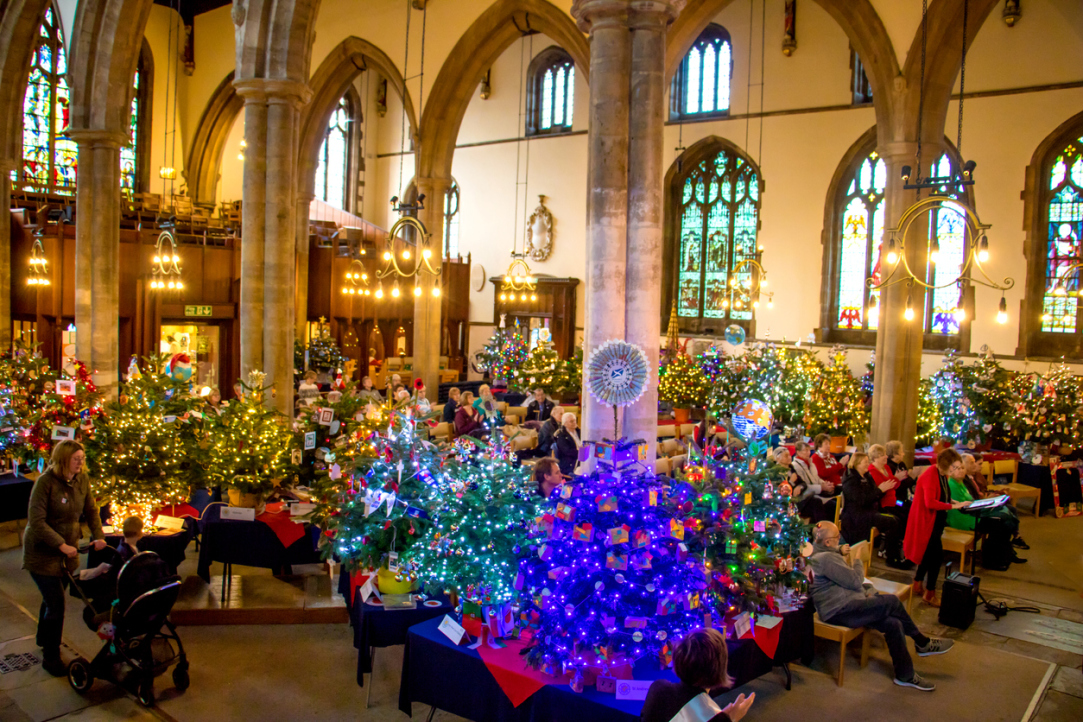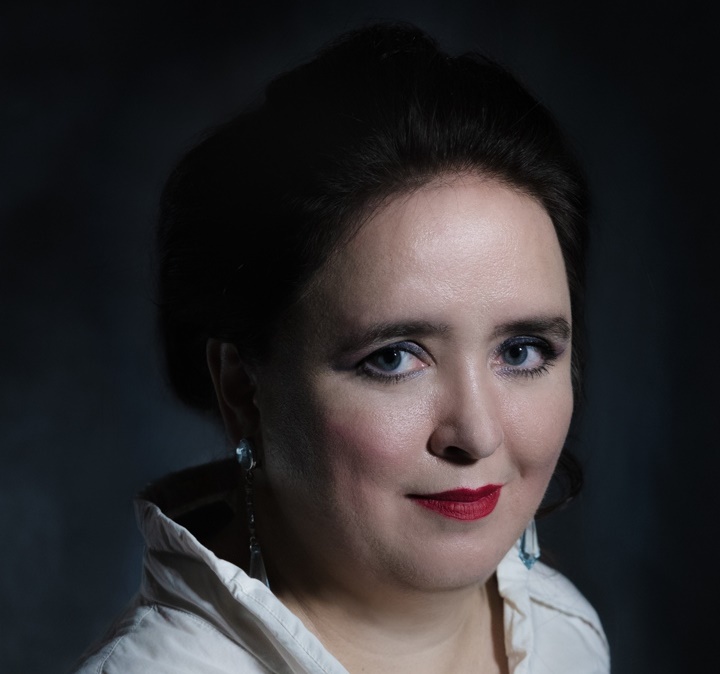Let’s Play Some Christmas Music: How Carols Differ from Noëls

Christmas music has a long and at turns unexpected history. During an online marathon in HSE’s virtual music parlour, musicians performed Christmas carols and festive medieval and Baroque songs. In addition, guests learnt what the TV show ‘In the World of Animals’ has in common with Christmas.
The event’s main guest was Maria Batova, singer, musicologist, and author of a unique course dedicated to traditional Christmas music from the Middle Ages to the present day. She opened the event by discussing the differences between English Christmas carols, French noëls, and German Christmas cantatas (Weihnachtskantate). Elizaveta Miller, a pianist and harpsichordist, winner of numerous international competitions, also participated in the event.
Not only students, graduates, and HSE staff members, but also participants of the Moscow Longevity projects and other participants took part in the marathon. Marina Lebed, Director of the Centre of Music Projects, and Kristina Agaronyan, the Centre's Manager, moderated the event.

For most listeners, the marathon started quite unexpectedly – with the years-old opening theme song of the TV programme ‘In the World of Animals’, which is known as ‘Lark’, performed by the Paul Mauriat Orchestra. Some participants might have thought it was a joke or a mistake, but it wasn’t. ‘It just turned out that no one knew that by listening to this melody, we are listening to a piece of the Christmas musical tradition,’ explains Maria Batova. In the early 60s of the last century, the song of the Argentine composer Ariel Ramirez ‘Pilgrimage’ (La peregrinación), came out as part of the cantata for the ‘The Nativity of the Lord’ choir. It was dedicated to the journey of the holy family and expressed sympathy for how Mary and Joseph overcome the difficult journey to Bethlehem to take part in the census by decree of the Emperor Augustus.

In 1968, under the name ‘Lark’ it became a worldwide hit performed by the Paul Mauriat Orchestra. But recently, this piece of music has regained its original meaning. In confirmation of this, the audience of the HSE Music Club was invited to listen to this work performed by the choir of the University of Goa, with an original text by Felix Luna.
Christmas songs comprise a centuries-old tradition. In France they are called noëls, while in England they are called carols. A noël is a song about the good tidings of Jesus’s birth. This word can also be found beyond the Francophone world, such as in Baroque Italian Cantos, says Maria Batova. As for carols, people could not only sing them, but also dance to them. This was done by men dressed as women in bulky costumes and masks during processions with torches on Christmas Eve. Of course, this irritated the more devout Christians, but time put everything in place. Despite their outward similarity to pagan practices, noëls and carols are Christmas songs that celebrate the birth of Christ.
Carols have long been sung during church services, and this kind of music has also transcended the boundaries of classical music: the renowned 20th-century English composer Benjamin Britten has a whole series of carol arrangements. Perhaps one of the most famous is Coventry Carol, a recording of which which Maria Batova accompanied with footage of the bombing of Coventry during the Second World War.
At the same time, many French noëls became children's songs, and one of the most performed versions was created in the 17th century.
The Christmas mass of Marc-Antoine de Charpentier, also written in the 17th century, can be called the apotheosis of noëls.
Maria Batova also gave an example of Russian and Ukrainian carols (kolyadki), in which ‘a relict manifestation of originally pagan practices is still preserved.’ Carols have been recognized not only in Russia and Ukraine. For example, the famous Ukrainian carol, ‘Shchedryk’ (‘The Little Swallow’) has a folk origin, but it owes its rich fate to the famous Ukrainian composer, choirmaster Mykola Leontovych. His arrangement of ‘Shchedryk’ conquered the world. Abroad, it was first performed by the Ukrainian National Chorus at Carnegie Hall, after which an English text was put to this music, and ‘Shchedryk’ became very popular as the ‘Carol of the Bells’. This melody can be heard in a scene of one of the Harry Potter films and in the movie Home Alone.
The online music marathon was held for the third time this year. The event is held as part of the HSE project ‘University Open to the City’. In October, an event dedicated to the 250th anniversary of Ludwig van Beethoven was held. In November, a marathon was held in honour of the 180th anniversary of the birth of Pyotr Ilyich Tchaikovsky.

